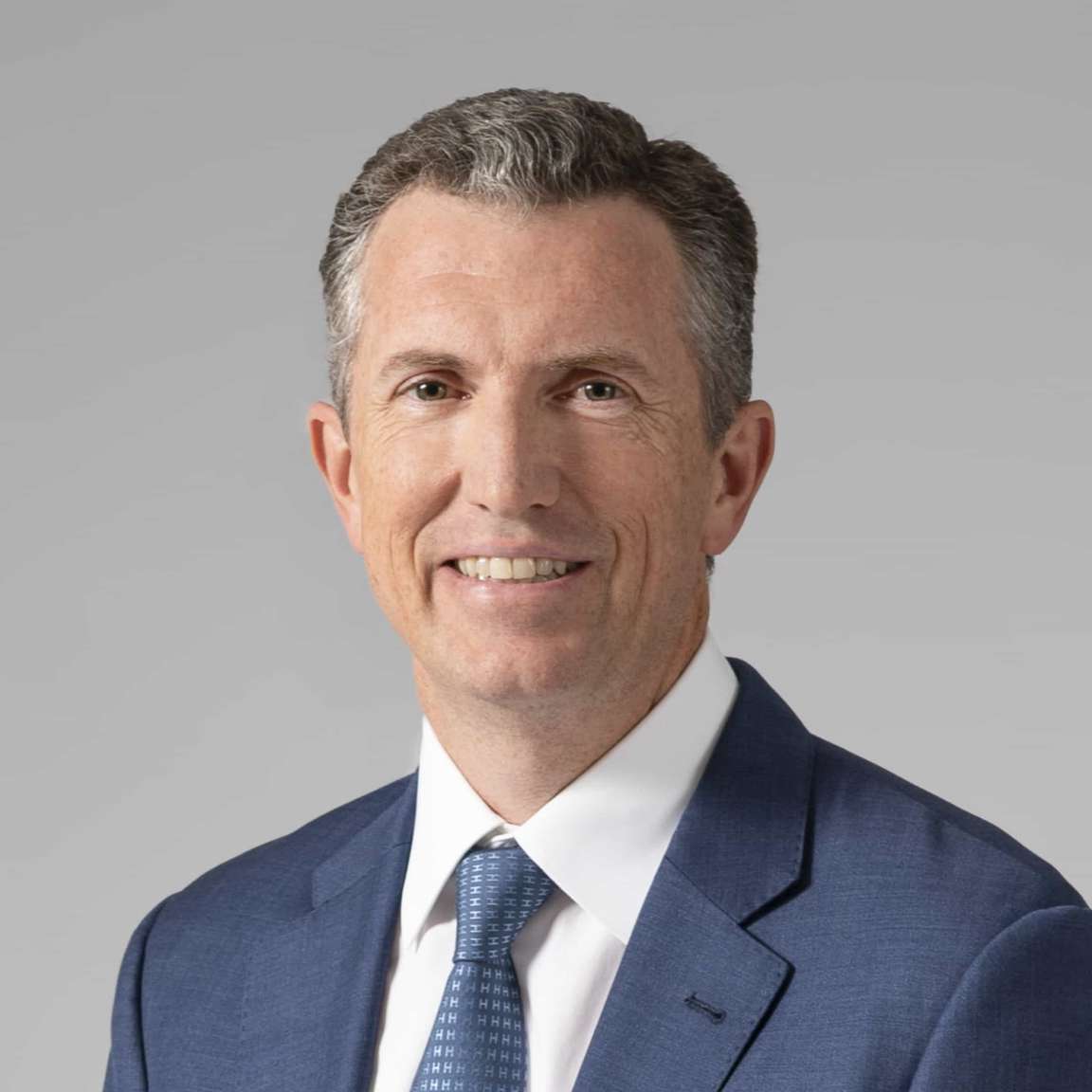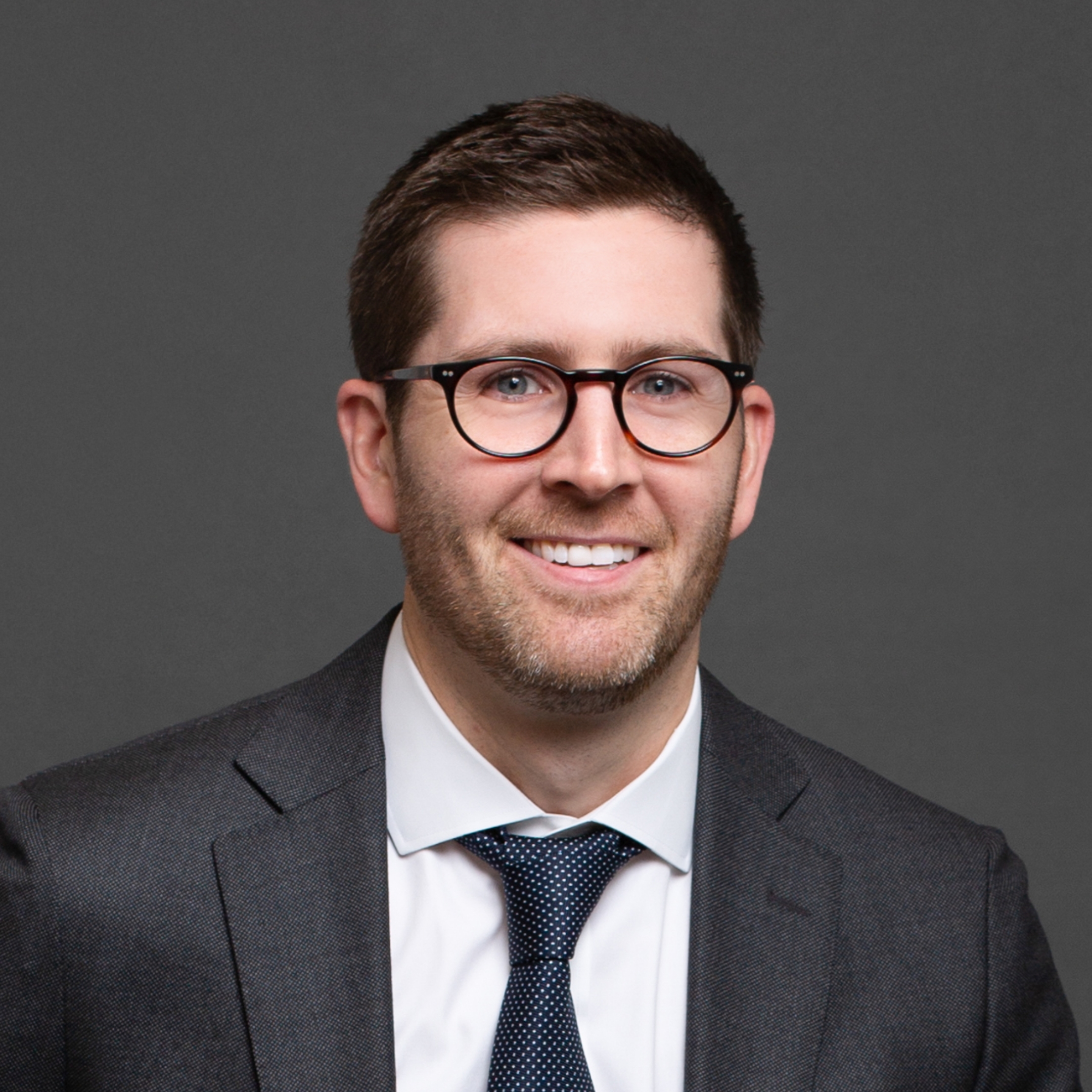Dan Roarty: They say that necessity is oftentimes the mother of invention. That’s never been more true than it is today. We’re all experiencing a global human tragedy and an economic crisis, the likes of which we’ve never seen before. But we know that disruption often triggers innovation and changes in industries that can create opportunities for companies and also for investors.
Here with me today is Ed Bryan, a research analyst specializing in the healthcare sector. Ed, can you tell us about what theme you’re most excited about within healthcare today?
Ed Bryan: The personalization of health care, a theme that’s benefiting from two powerful forces. Firstly, the massive improvements in cost and ease of DNA sequencing, where the price has recently fallen to levels where countries and companies have made the decision to invest in population-level DNA sequencing studies.
Secondly, network effects. So, each new genome that’s sequenced can be compared to other genomes to help make sense of all the 3 billion base pairs and what the differences and mutations mean.
Biotech pipelines are now filling up with drugs that are the result of discoveries being made with genomic sequencing across much larger patient populations, across a range of disease areas. So this theme is still very much in its early phases.
DR: What impact could personalized medicine ultimately have on the healthcare industry?
EB: Drug companies that discover new medicines based on the underlying genomics of the disease can use that information to specify a precise patient population for clinical trials. And these trials can show much greater efficacy in a targeted population, getting medicines to patients faster. And when these drugs eventually receive regulatory approval, they’re launching with what’s called a companion diagnostic test, a test the patient will take to see if they’d benefit from taking the drug. In fact, the proportion of new medicines that are approved with a companion diagnostic is rising, and reached over 40% of new medicines in 2018. Another example is using a patient’s specific genomic information to better direct them to the right therapies that are already out there.
DR: Let’s shift to diagnostics. Explain how they fit into this broader trend towards personalized medicine.
EB: Diagnostics is the back-end robotics in the healthcare system, automating many complex procedures. Diagnostic instruments enable doctors to take a patient’s sample in and get an answer out, using automation to lower the cost and time for determining a precise diagnosis, such as which specific medicine will be most effective for a particular patient. Diagnostics represents around 2% of total healthcare spend yet drives roughly two-thirds of clinical decision-making. Greater use of precise diagnostics can improve efficiency and access to healthcare.
DR: Ed, why are these attractive markets from an investment perspective?
EB: Discoveries in genomics are unearthing new targets for tests that can be developed by diagnostic companies, such as companion diagnostic tests for new medicines. New collection technologies can also drive growth, for instance, enabling what are called liquid biopsies that are revolutionizing cancer care by allowing for cancer testing and screening without invasive surgical tissue biopsies. Many countries around the world, such as in emerging markets, lack sufficient diagnostic testing infrastructure, which is another growth opportunity.
DR: How is the COVID crisis impacting diagnostics companies? And how can actually diagnostics companies help solve the COVID crisis?
EB: After the genomic sequence for the novel coronavirus was initially identified, diagnostic companies rapidly developed tests that could be deployed across thousands of labs around the world for patient testing. Using sequencing to monitor the virus as it’s spreading and mutating is vital for public health. Everyone now appreciates the need to be prepared for the next outbreak. And with diagnostic testing infrastructure emerging as a key line of defense against new pathogens, this industry should benefit from widespread funding and support for many years to come.
DR: There’s social implications as well. How do these trends impact society more broadly?
EB: Diagnostics is crucial for treating patients with infectious diseases like COVID, as well as age-related diseases like cancer. Broadly speaking, using diagnostics to further automate clinical decision-making in a precise way can improve access to care in areas where there are fewer doctors, a big challenge in developing countries, which face some of the greatest unmet health needs.
DR: Thanks, Ed. I think that these are great examples of trends that are important for not only building a better world but building a better portfolio as well.





